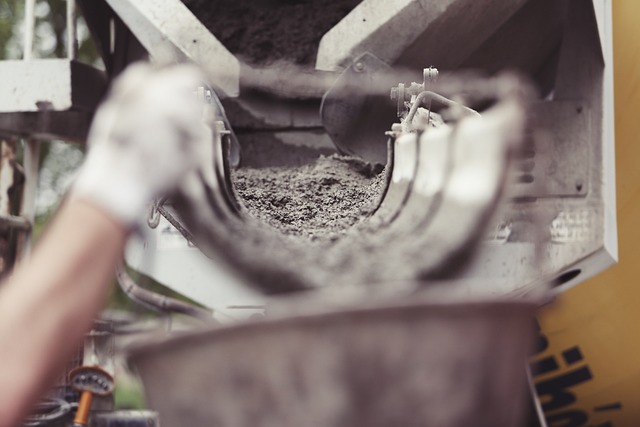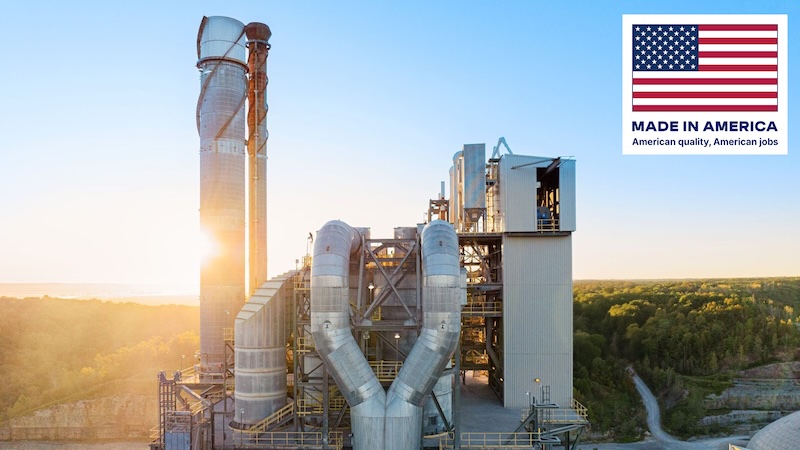The Global Cement and Concrete Association (GCCA) is expanding its innovation arm Innovandi to encompass a new Open Challenge innovation accelerator program. Open Challenge will bring together start-ups and leading cement and concrete producers to create new innovations needed for the sector to reduce its carbon emissions and solve the climate emergency.
Innovation is vital for the cement and concrete industry as it aims to provide society with carbon neutral concrete by 2050. This goal is ambitious – requiring huge changes across the value chain in how we manufacture, use and recycle concrete. Innovation will be crucial at every stage, from new cement and concrete chemistries to kiln technologies, clinker production, fuel switch and carbon capture to ensure emissions are reduced in line with the global climate ambition.
Dinah McLeod, GCCA chief executive, said: “Driving innovation is crucial to our industry and will underpin our journey to carbon neutral concrete by 2050. That is why the GCCA is delighted to be expanding Innovandi to encompass both the Research Network and the upcoming Open Challenge. By connecting innovative start-ups with cement and concrete producers we can help accelerate the development of solutions that address the emissions reduction challenges our industry faces.”
In 2019, the GCCA launched the Innovandi Global Cement and Concrete Research Network to bring scientific institutions and industry leaders together to collaborate on innovation to aid the sectors’ goal of reducing carbon emissions. The network, which has 40 leading scientific and academic institutions as well as 30 industry partners, focuses on scientific research and has made initial progress with the agreement of projects across a number of areas.
The cement and concrete industry is already undergoing transformation, driven in part by a range of emerging technologies that will play a key role in its sustainability mission. These innovations include CCUS pilots which are shown to be working in varied locations across the world. Within the built environment innovative uses of concrete include 3D-printed and self-healing concrete, as well as porous concrete which allows water to flow through it to eliminate flooding and prevent damage to communities and ecosystems, as well as concrete roads that will allow electric cars to recharge.
Membership to the Innovandi Research Network is open to cement and concrete producers and admixture companies.



